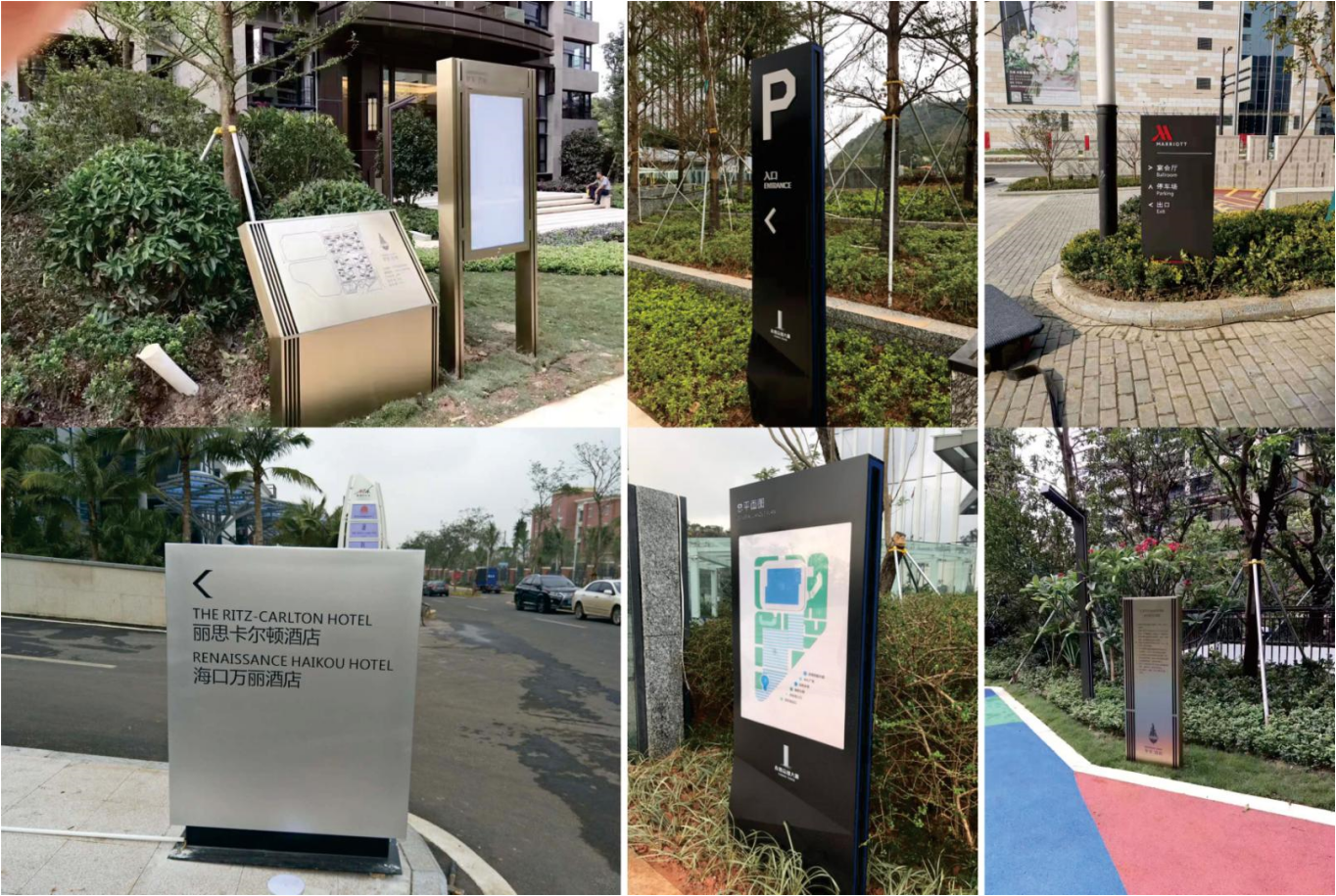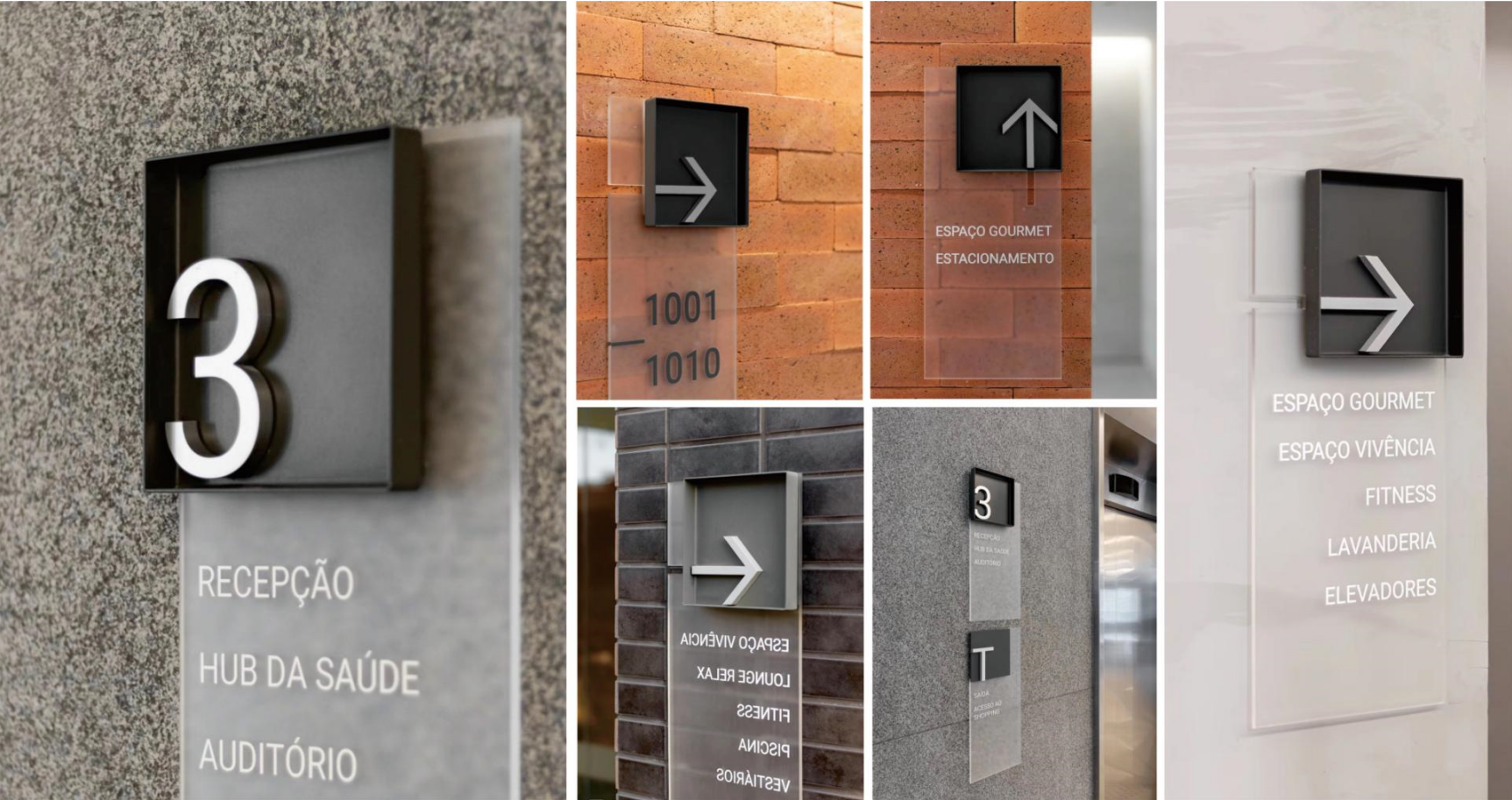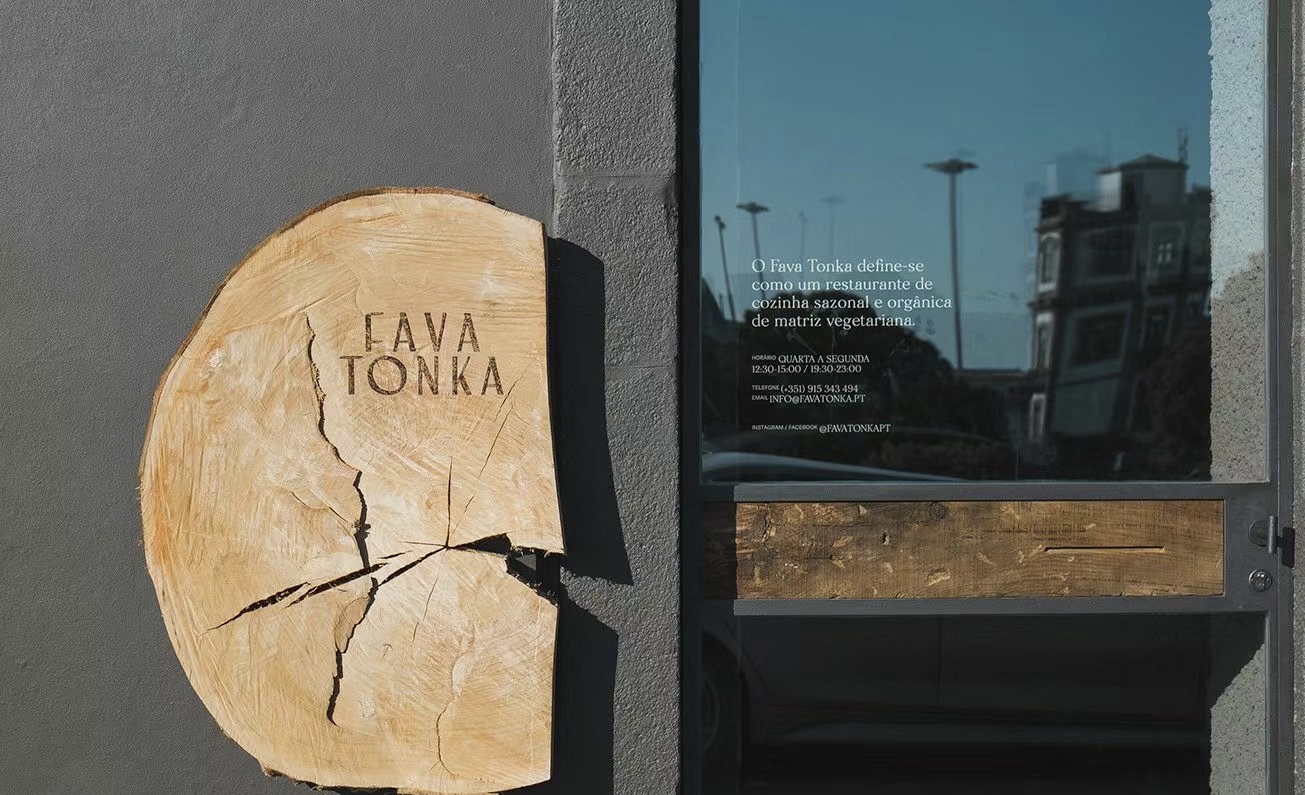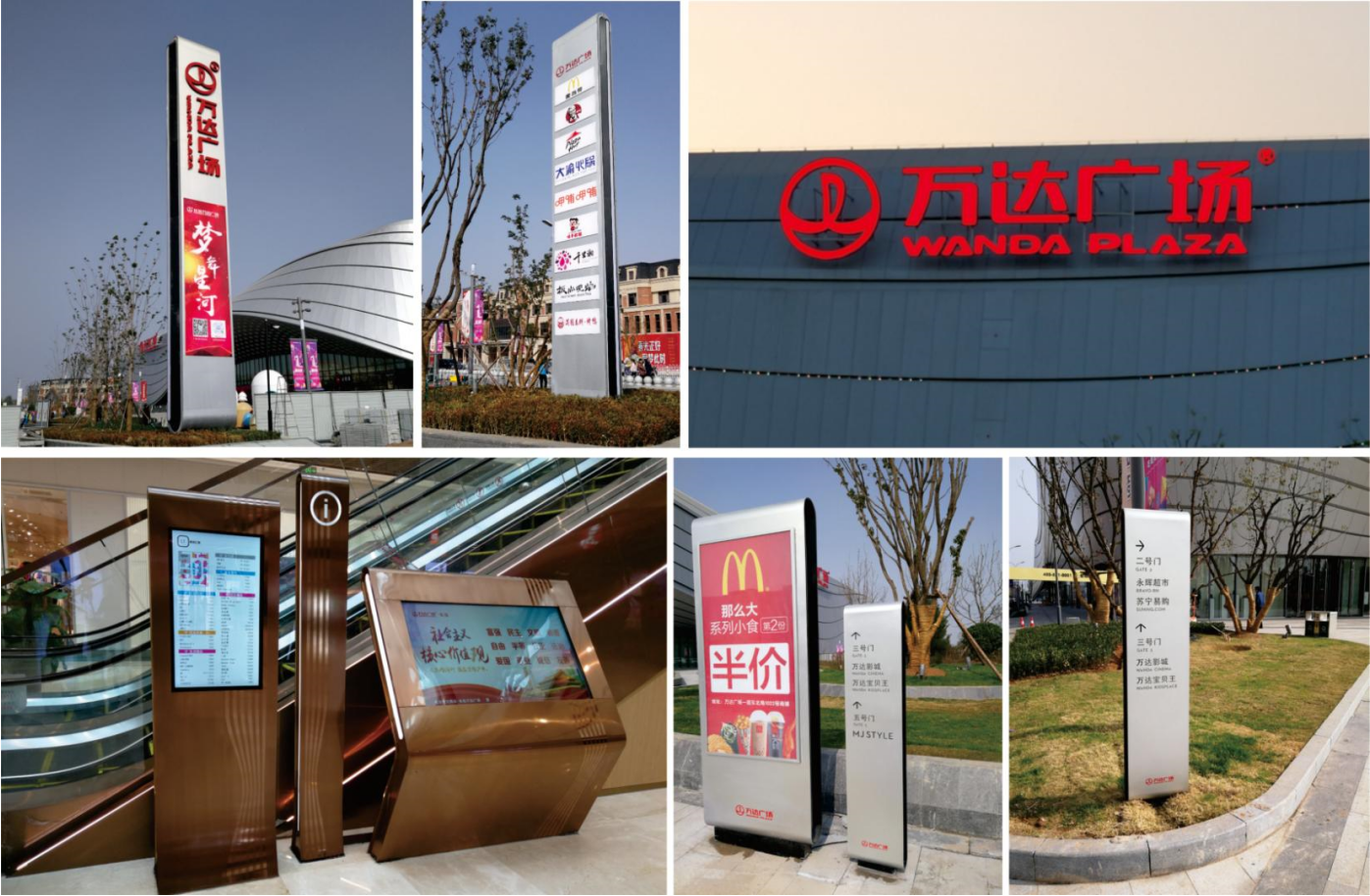In today's complex urban environments and diverse commercial spaces, wayfinding system design plays a crucial role. One often overlooked but critically influential factor is the material of the signage.
The purpose of wayfinding system design is to effectively guide people through a space, providing clear, accurate and engaging information. However, different materials play different roles in achieving this goal.
Metallic materials, such as stainless steel and aluminum alloys, often give a strong, durable and modern look. They are able to withstand harsh weather conditions in outdoor environments and, with a fine finish, can present a sophisticated look that adds an air of professionalism and sophistication to high-end commercial premises or modern buildings.

Acrylic is favored for its transparency and malleability. With clever design and lighting, signs made of acrylic can stand out in low-light environments, creating a unique visual effect that attracts attention.

Wooden material, on the other hand, conveys a warm, natural feeling and is particularly suitable for some cultural venues or areas that emphasize the concept of environmental protection. It gives people an intimate and comfortable impression, making them feel a sense of warmth while following signage guidelines.

However, there is no absolute answer to say which material is most impressive. It largely depends on the specific application scenario and design objectives (wayfindingsignagedesign).
In a large shopping center, it may be necessary to combine a variety of materials to create a diverse and unified signage system. For example, a large metal sign at the main entrance to show its grandeur and modernity; acrylic signage in the interior corridors to increase the visual appeal; and wood in some recreational areas to create a relaxing atmosphere.

In places like hospitals, where more emphasis is placed on clear and readable signage and hygienic and easy cleaning, smooth and easily sterilized materials may be chosen.
In the interaction with readers, many designers and users also expressed their views. Some believe that innovative composite materials can bring unique visual and tactile experiences, thus leaving a deep impression; others emphasize that no matter what the material is, integration with the environment and accurate communication of information are the key.
In short, the selection of materials in the design of guide sign system is a complex and subtle process. Only by fully considering the usage scenario, design concept and people's psychological feeling can we choose the most suitable material and create an impressive and efficient signage system.